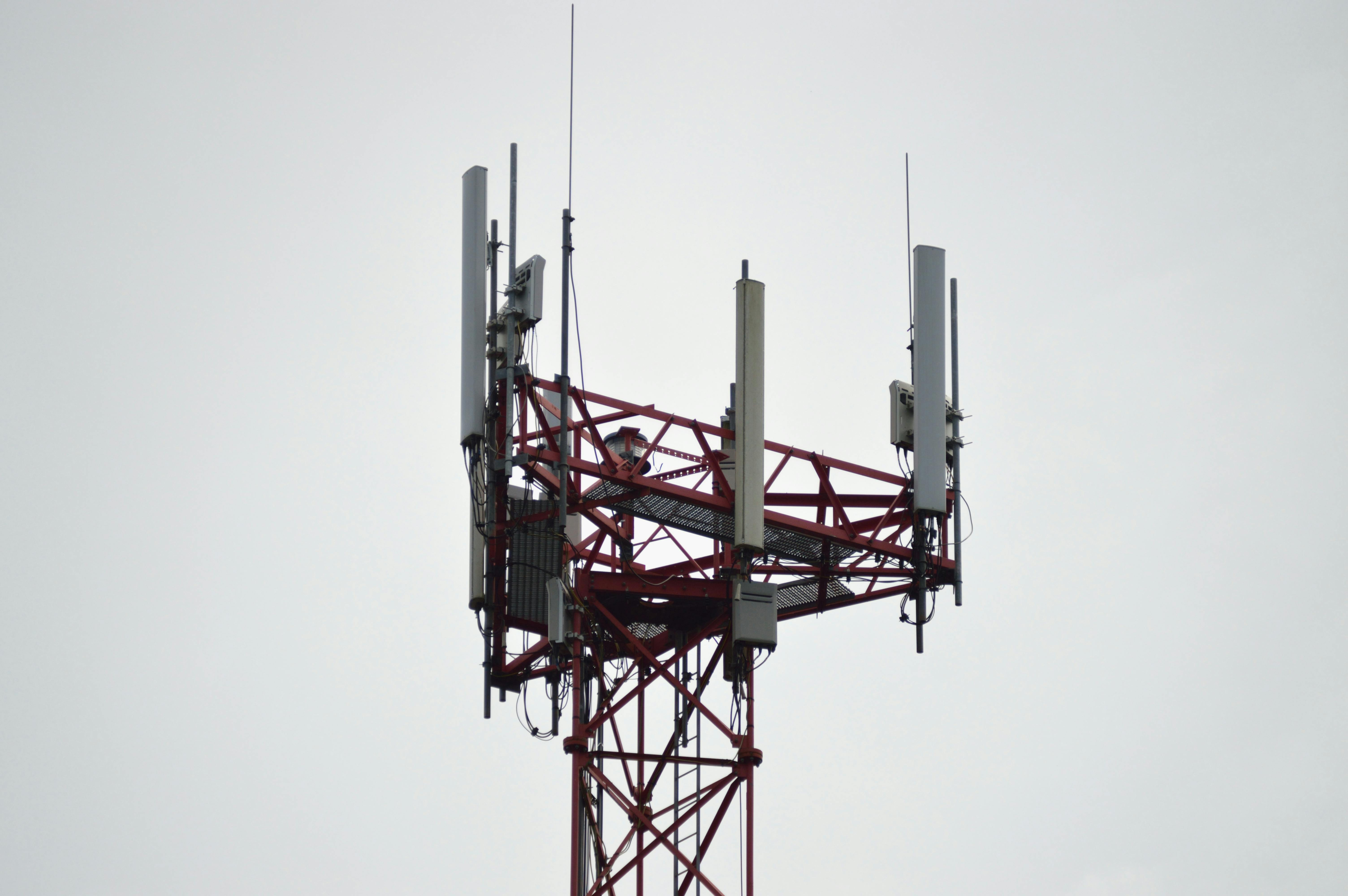
What is SMA?
Spinal muscular atrophy is more commonly known by the letters SMA. It’s also sometimes referred to as autosomal recessive proximal spinal muscular atrophy, but whatever you say, it all means the same thing – that it’s a rare neuromuscular disorder that affects thousands of people around the world.
When life begins in the womb, we are all given two sets of chromosomes. One from our mother, one from our father. This is our genetic code and if all goes well, we are born healthy. However, many things can happen during pregnancy that affect pairs of chromosomes. Most of us are aware that having an extra copy of chromosome 21, for example, leads to Down syndrome. Both a mother and father can be carriers of spinal muscular atrophy and would not be affected themselves, but if both pass it on through their chromosomes to their offspring, the baby has the disease. It is something that can occur across all races and in all countries of the world; does not discriminate.
So what is it? SMA is defined as a loss of motor neurons and is accompanied by progressive muscle wasting. What happens behind the scenes, so to speak, is that there is a defect in the SMN1 gene that encodes SMN, which is a protein necessary for the survival of motor neurons. The proximal (arms and legs) and lung muscles are usually the first to be affected by the disease, followed by others as it progresses. Some babies born with the disease are so weak that they die shortly after birth, others survive birth but have problems throughout their lives.
Areflexia, which means low or absent reflexes, muscle weakness, poor muscle tone, loss of strength of the respiratory muscles, weak cough, flaccidity, difficulty sucking and / or swallowing, and poor diet, are all indicative of a person with spinal muscular atrophy. These people often have to use a wheelchair and have a lot of help doing things that others take for granted. While their bodies may be weak, their brains generally are not, and most children diagnosed with SMA have above-average intelligence.
Can this be cured? Well, there is some hope with a new drug that was approved by the FDA in December 2016. It is called Nusinersen and it is injected into the central nervous system. So far, the clinical trials have been inspiring, but there is still a time to wait until the drug becomes widely available. Hopefully, this is just what the patients and children have been waiting for.